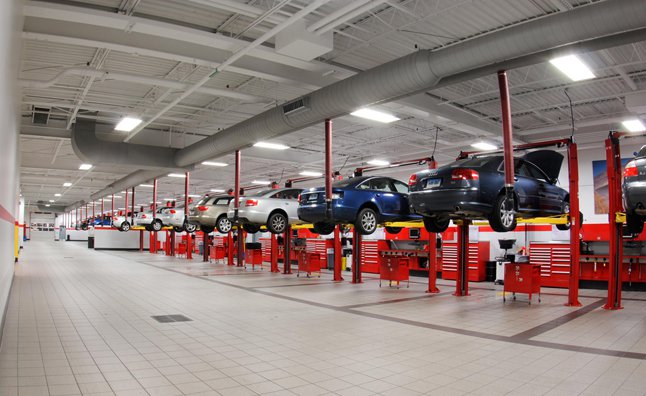-
After initial cost, reconditioning is your greatest lever to maximize margins
-
Consistent process ensures reconditioned vehicle quality and value
-
A true Reconditioning Management System guides and enforces your process while providing everyone the information and tools they need to get the job done
In today’s market, the efficiency of your dealership operation is the difference between life-support and surplus for the business. You have assets to sell and the margins need to be there, or things can go bad in a hurry. That’s why you have a process. Your process is there to ensure that your margin is protected, and every required step is performed.
Your front-end process, if you are a dealership, is pretty well ingrained – BDC, present the product, negotiate the deal, management approval, F&I, prep, delivery. Rinse & repeat. Your Dealer Management System (DMS) is the engine that keeps this front-end process running.
But what about your back-end? The operation that supplies your front-end with vehicles ready for sale is crucial to your margins. An efficient repair and reconditioning process will add value to your vehicles and shorten your turn times, while a less efficient process will cost you in both.
Your solution should be a complete Reconditioning Management System (RMS) that works to keep the entire back-end efficient, like your DMS does for the front-end. From acquisition through to frontline delivery, a complete RMS tracks, monitors, and directs all the activities needed to move vehicles through the repair and reconditioning process.
A single software program, the RMS picks up where your DMS leaves off, identifying vehicles directly from your inventory management system or a simple VIN scan on your mobile device. From there, the software works with your process to manage inspections, repair orders, work assignments, vendor assignments, parts ordering and management, and step-by-step repairs. The RMS monitors every vehicle in every process step, allowing complete visibility of the operation. From the C-suite, through management, to the line technician, every stakeholder has access to the information they need to perform their work. The system lets everyone know what to do now, what to do next, and when work is coming. The digital information is always up-to-date, and approvals, prioritization, reprioritization and instruction changes can be done on your mobile, tablet, or desktop computer.
RMS software monitors the work your employees and vendors perform, and the time-on-task for each repair and process step. Once a process step is completed, the software passes the information to the next area so they can begin their work. Repairs waiting on parts are updated to active when the required parts are received and updated in the system. No more phone calls to check parts or vehicle status, location, or work still pending on any asset.
Reconditioning adds direct and outsized value to your vehicles. You can maximize that contribution by streamlining how your cars move through the process. What is the average number of days you own a used vehicle before it’s available to sell? Every day a car is stuck in reconditioning is a day of lost revenue. A complete RMS will dramatically reduce cycle time and increase the efficiency of your entire operation.
Contact us to learn more and arrange a demonstration of Repair360.
